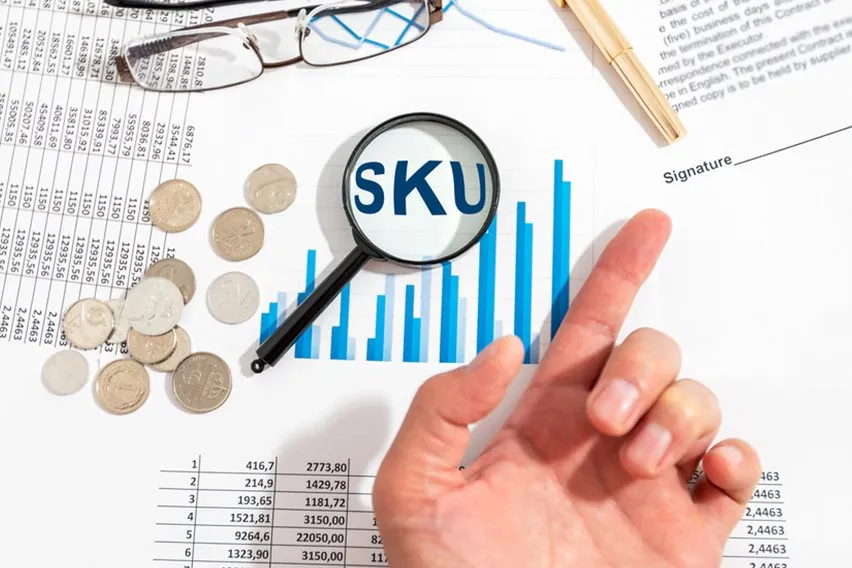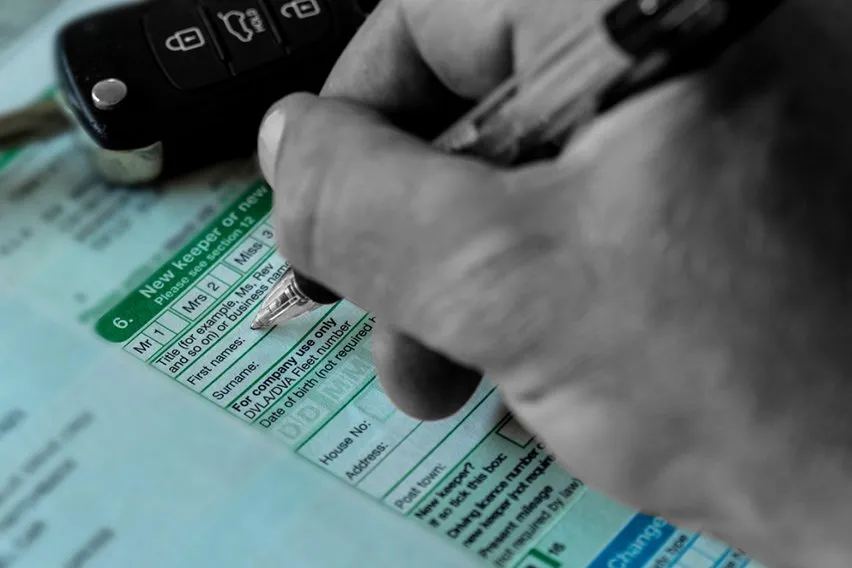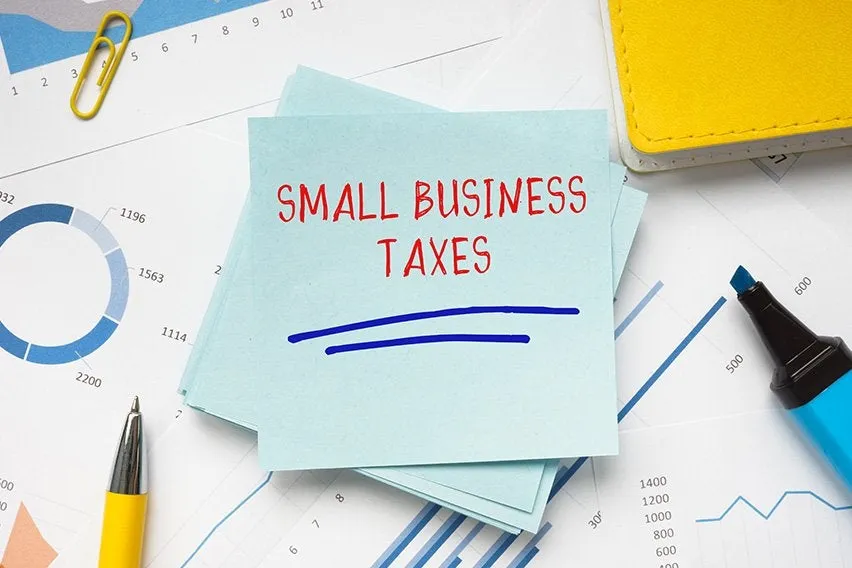UK Business Mileage Rates & How to Claim as an Expense

Thousands of workers across the UK have to travel for work.
Whether they’re travelling to a conference, meeting clients at their place of work or simply running errands for the business, there are many reasons to travel for business.
If you use your own personal car or method of transport for work-related reasons then you can claim mileage rates and tax relief from HMRC.
But how do you claim this expense and what are the UK business mileage rates? Let’s take a closer look.
Here’s What We’ll Cover:
What Journeys Are Classified as Business Trips?
What Are the UK Business Mileage Rates?
How Much Mileage Can I Deduct?
What Are the Rules HMRC Has Set on Mileage Tax Relief?
How Do I Claim Tax Relief from HMRC?
What Is Mileage Allowance?
When you travel for a work-related business you can claim mileage allowance for the trip as long as you’re using your own vehicle.
Mileage allowance is a way for you to claim back a certain amount of your expenses. This can be used to cover actual costs such as fuel, road tax, MOTs and repairs.

What Journeys Are Classified as Business Trips?
According to HMRC, to be eligible to claim HMRC travel expenses and mileage allowance you have to be travelling with a ‘business purpose’.
Simply put, you can claim for any trip that’s outside your everyday commute to and from work. The journey you take to and from work is classed as regular commuting and is not seen as a business trip by HMRC.
What you can claim for are journeys that fall under a business category and require you travelling to a location that isn’t your place of work or your home.
To give some examples, this may mean you driving to:
- An office location that isn’t your usual base of operations.
- An event, such as a work-related conference or seminar.
- A customer’s workplace for a business meeting.
- A training centre for a required training course.
- A temporary separate office if your usual office is out of action.
What Are the UK Business Mileage Rates?
The standard mileage rates are the amount per mile that businesses in the UK can claim. This is an allowable expense for when they use their personal vehicles for any form of business travel.
There are different rates set out for different methods of travel and the type of vehicle used. But these are set at a flat rate for business use under what is known as simplified expenses. This is to make it easy to claim for business costs.
The current mileage allowance for the 2024/2025 tax year are as follows:
- 45p per mile for cars on the first 10,000 miles travelled (25p over 10,000 miles)
- 24p per mile for motorcycles
- 4p per mile for fully electric cars
These mileage rates are set by HMRC. They take into account the variable costs of wear and tear on a vehicle as well as any fuel used, MOT and servicing.
How Much Mileage Can I Deduct?
According to HMRC, to find out how much you can deduct as a form of tax benefit:
- Make a note of the mileage you travel when travelling for work-related reasons.
- Multiply your total business mileage by the approved mileage allowance payment, or AMAP.
- Deduct the resulting amount from your tax bill.
The HMRC sets the AMAP rates and they change over time so be sure to first check on the Government website.
What Are the Rules HMRC Has Set on Mileage Tax Relief?
You are allowed to claim mileage tax relief both if you are employed or for self-employed individuals. But you can only claim it if you are:
- Underactive duty on a business-related journey.
- Using your own personal vehicle and not an assigned company vehicle.

How Do I Claim Tax Relief from HMRC?
To claim mileage rates as an actual expense you have to file a claim with HMRC. You have up to four years from the end of the tax year to claim it.
To make a claim, you must:
- Keep a record of your business-related mileage expenses; you can use a reliable mileage tracker app to do so.
- Multiply your yearly mileage by the current AMAP mileage rate and deduct your employer’s mileage allowance, if any.
- If it is under £2,500, you can file your claim on your self-assessment tax return. However, if your claim is less than £2,500 and you are not required to file a self-assessment, you can submit a claim using HMRC’s P87 form instead.
- If your claim is over £2,500 then you must file a self-assessment tax return.
Key Takeaways
It’s important for business owners to know how much they can claim. This is because as a tax relief the money saved can really add up.
To keep track of your business expenses and business miles, try using expense tracking software such as FreshBooks.
Are you looking for more business advice on everything from starting a new business to new business practices?
Then check out the FreshBooks Resource Hub.
RELATED ARTICLES

 National Living Wage Vs Minimum Wage: What’s the Difference?
National Living Wage Vs Minimum Wage: What’s the Difference? What Is SKU Number? Everything You Need to Know
What Is SKU Number? Everything You Need to Know How Much Limited Company Tax Do I Need to Pay?
How Much Limited Company Tax Do I Need to Pay? What Is Flexible Furlough and How Does It Work?
What Is Flexible Furlough and How Does It Work? A Guide to Claim Mileage Allowance & Rates
A Guide to Claim Mileage Allowance & Rates 25 Business Tax Write-Offs for Small Business
25 Business Tax Write-Offs for Small Business